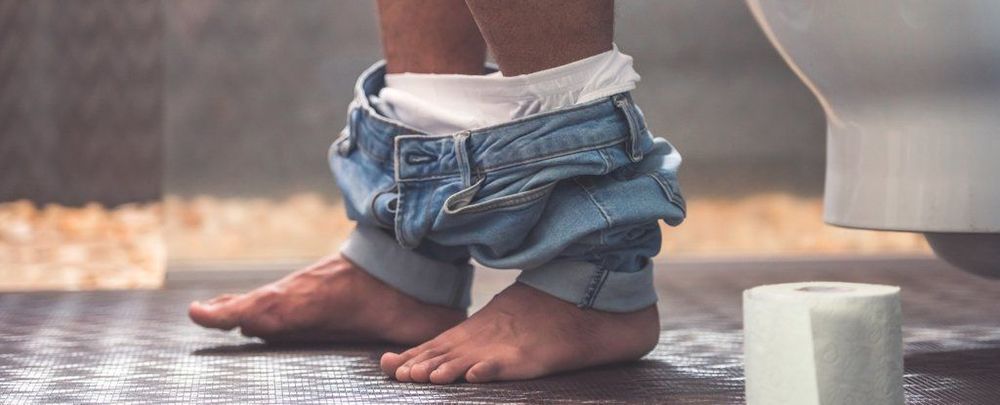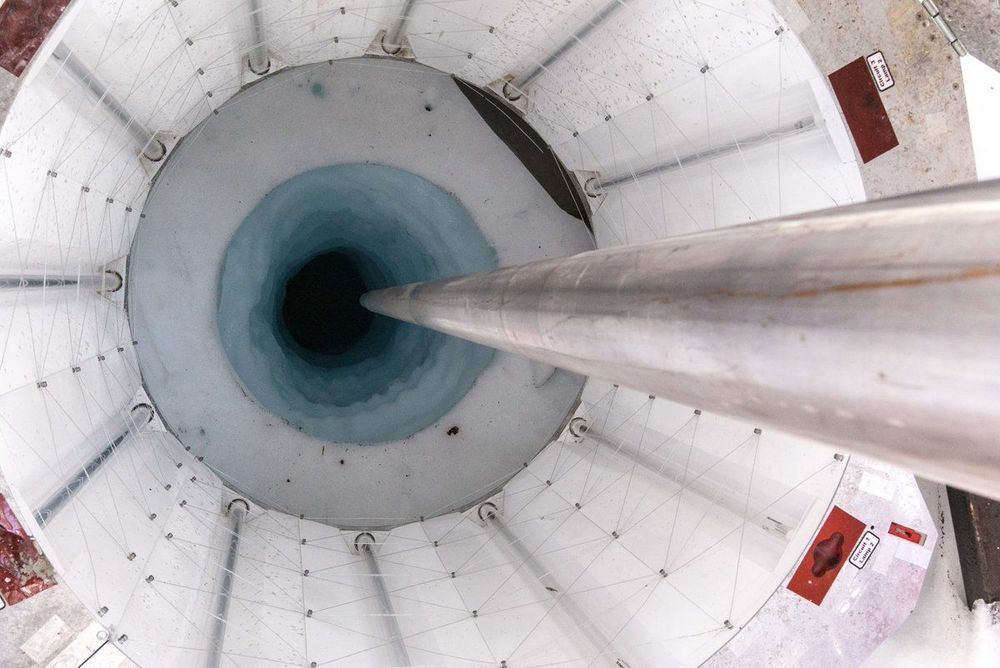Device made from flexible, inexpensive materials could power large-area electronics, wearables, medical devices, and more.
The gut microbiome is made up of billions of bacteria, and scientists have been trying to understand exactly how they affect our health, contribute to our risk of contacting diseases and how they interact with the vital organs and systems in the body, including the brain. It is quite a lot to unpick.
As countries industrialise, their air becomes dirtier – and this could have some far-reaching effects on the beneficial bacteria inside us.
This is not hyperbole. AMR already leads to at least 700,000 deaths every year. But the impact goes further — resistant genes in people and animals cross ecological, species and geographical borders. Progress against diseases including HIV, malaria and tuberculosis is threatened globally. In 2016, the World Health Organization reported that nearly half a million people developed drug-resistant tuberculosis. Even cancer patients are more at risk as most treatments suppress the immune system and would, along with several routine surgical operations, become too risky without effective antibiotics.
The world urgently needs a new financing model for antibiotics.
Magnetically actuated soft robots may improve the treatment of disseminated intravascular coagulation. Significant progress has been made in the development of soft robotic systems that steer catheters. A more challenging task, however, is the development of systems that steer sub-millimeter-diameter guidewires during intravascular treatments; a novel microrobotic approach is required for steering. In this article, we develop a novel, magnetically actuated, soft microrobotic system, increasing the steerability of a conventional guidewire.
Soft RoboticsAhead of PrintFree AccessSungwoong Jeon, Ali Kafash Hoshiar, Kangho Kim, Seungmin Lee, Eunhee Kim, Sunkey Lee, Jin-young Kim, Bradley J. Nelson, Hyo-Jeong Cha, Byung-Ju Yi, and…
Robots performing automated tasks in uncontrolled environments need to adapt to environmental changes. Through building large collectives of robots, this robust and adaptive behavior can emerge from simple individual rules. These collectives can also be reconfigured, allowing for adaption to new tasks. Larger collectives are more robust and more capable, but the size of existing collectives is limited by the cost of individual units. In this article, we present a soft, modular robot that we have explicitly designed for manufacturability: Linbots use multifunctional voice coils to actuate linearly, to produce audio output, and to sense touch. When used in collectives, the Linbots can communicate with neighboring Linbots allowing for isolated behavior as well as the propagation of information throughout a collective. We demonstrate that these collectives of Linbots can perform complex tasks in a scalable distributed manner, and we show transport of objects by collective peristalsis and sorting of objects by a two-dimensional array of Linbots.
Soft RoboticsAhead of PrintFree AccessLinbots: Soft Modular Robots Utilizing Voice Coils Ross McKenzie, Mohammed E. Sayed, Markus P. Nemitz, Brian W. Flynn, and Adam A. Stokes Ross McKenzieScottish Microelectronics Centre, School of Engineering, Institute for Integrated Micro and Nano Systems,…
Increasing amounts of attention are being paid to the study of Soft Sensors and Soft Systems. Soft Robotic Systems require input from advances in the field of Soft Sensors. Soft sensors can help a soft robot to perceive and to act upon its immediate environment. The concept of integrating sensing capabilities into soft robotic systems is becoming increasingly important. One challenge is that most of the existing soft sensors have a requirement to be hardwired to power supplies or external data processing equipment. This requirement hinders the ability of a system designer to integrate soft sensors into soft robotic systems. In this article, we design, fabricate, and characterize a new soft sensor, which benefits from a combination of radio-frequency identification (RFID) tag design and microfluidic sensor fabrication technologies. We designed this sensor using the working principle of an RFID transporter antenna, but one whose resonant frequency changes in response to an applied strain. This new microfluidic sensor is intrinsically stretchable and can be reversibly strained. This sensor is a passive and wireless device, and as such, it does not require a power supply and is capable of transporting data without a wired connection. This strain sensor is best understood as an RFID tag antenna; it shows a resonant frequency change from approximately 860 to 800 MHz upon an applied strain change from 0% to 50%. Within the operating frequency, the sensor shows a standoff reading range of 7.5 m (at the resonant frequency). We characterize, experimentally, the electrical performance and the reliability of the fabrication process. We demonstrate a pneumatic soft robot that has four microfluidic sensors embedded in four of its legs, and we describe the implementation circuit to show that we can obtain movement information from the soft robot using our wireless soft sensors.
Soft RoboticsAhead of PrintFree AccessLijun Teng, Kewen Pan, Markus P. Nemitz, Rui Song, Zhirun Hu, and Adam A. Stokes Lijun TengThe School of Engineering, Institute for Integrated Mi…
I have heard the term Sh… Bricks, but never thought I would live the day to hear it literally. Waste is an issue, and a growing global population will create more waste, and it needs to be addressed. The supply of waste is endless. People who find innovatiive ways to use it as a raw material will prosper Once sewage is drained of water, treated, and dried – what the heck do you do with it? Well, some of it ends up as fertiliser, but a massive 30 percent of our poop leftovers is sent to landfill to rot, or just sits in storage. What a waste.
Especially when, according to researchers from Australia’s RMIT University, using these ‘biosolids’ in bricks could be a surprisingly effective way of repurposing all that former sludge.
A small team of Israeli scientists think they might have found the first complete cure for cancer.
“We believe we will offer in a year’s time a complete cure for cancer,” said Dan Aridor, of a new treatment being developed by his company, Accelerated Evolution Biotechnologies Ltd. (AEBi), which was founded in 2000 in the ITEK incubator in the Weizmann Science Park. AEBi developed the SoAP platform, which provides functional leads to very difficult targets. “Our cancer cure will be effective from day one, will last a duration of a few weeks and will have no or minimal side-effects at a much lower cost than most other treatments on the market,” Aridor said. “Our solution will be both generic and personal.”
It sounds fantastical, especially considering that an estimated 18.1 million new cancer cases are diagnosed worldwide each year, according to reports by the International Agency for Research on Cancer. Further, every sixth death in the world is due to cancer, making it the second leading cause of death (second only to cardiovascular disease).
One of the Hubble Space Telescope’s most famous images peered even deeper into the cosmos than scientists had thought.
That photo is the Hubble Ultra-Deep Field (HUDF), which combines hundreds of images taken by the space telescope over multiple years into the deepest view of the universe ever created. The composite pic of a small patch of sky contains a whopping 10,000 galaxies, astronomers have estimated. (The HUDF also refers to that patch of sky, not just imagery of it.)
Now, researchers have painstakingly reprocessed the iconic image, recovering lots of additional light, a new study reports. [The Most Amazing Hubble Space Telescope Discoveries!].









